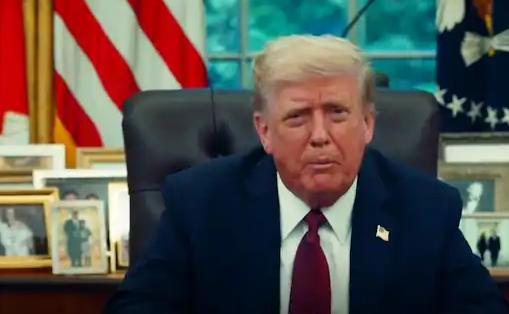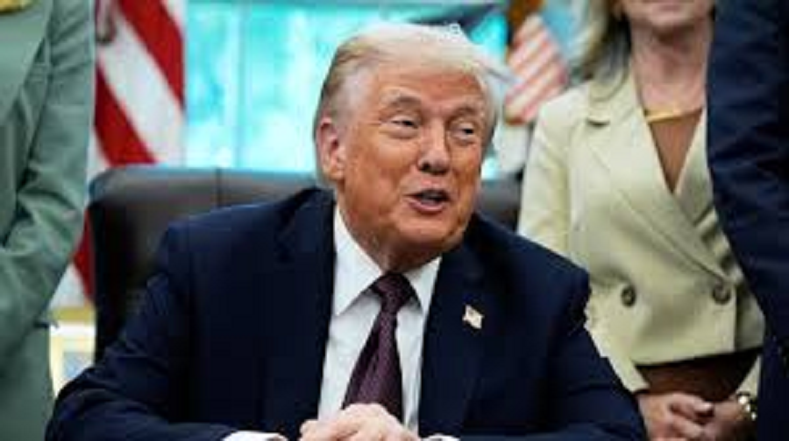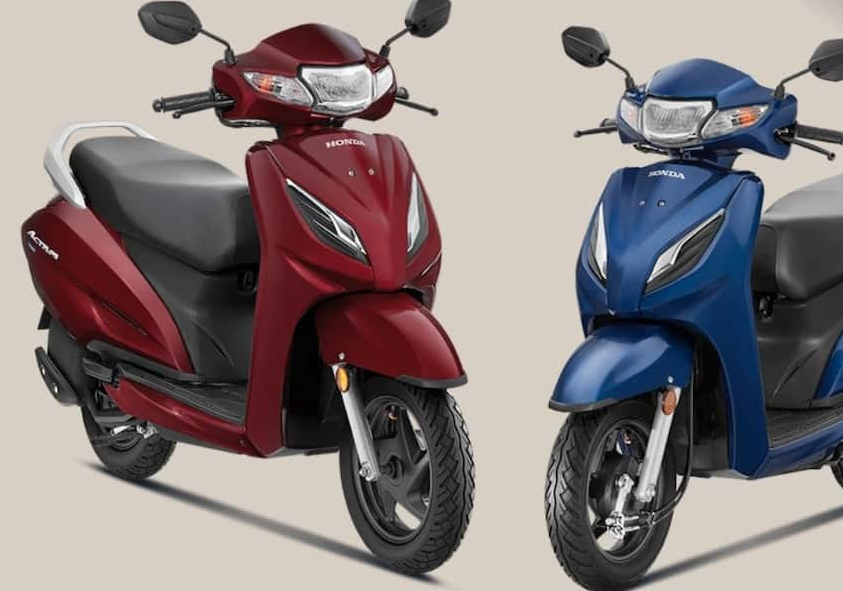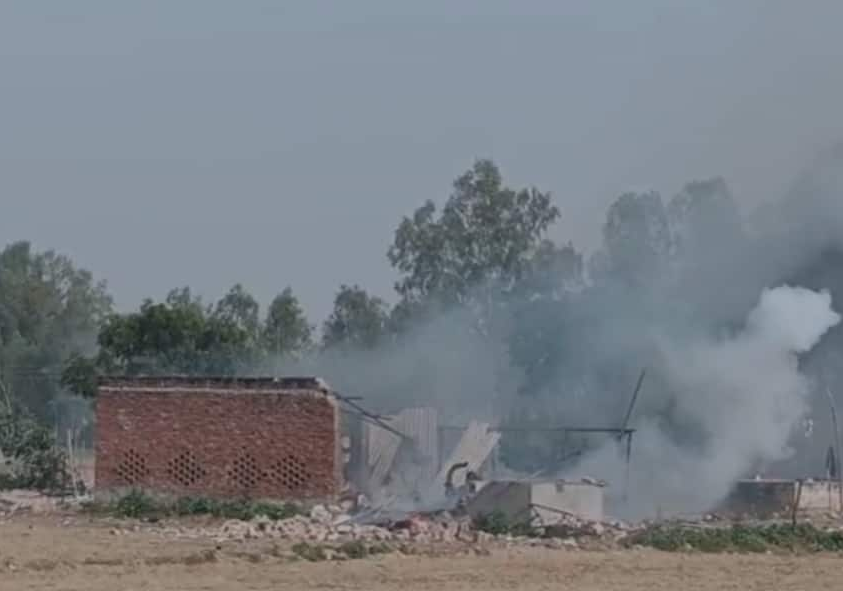Donald Trump has made another significant decision, changing the rules for H-1B visas; learn how much the application fee has been reduced.
- bySherya
- 20 Sep, 2025

H-1B Visa: The United States issues 85,000 H-1B visas annually through a lottery system. According to USCIS, California has the largest number of H-1B workers.

US President Donald Trump on Friday (September 19, 2025) signed a proclamation imposing a $100,000 fee on new H-1B visa applications, meaning Indians will now have to shell out ₹8.8 million to apply for a visa. This move will impact Indian workers the most, as they represent the largest number of beneficiaries.
Announcing the increase in the price of H-1B visas, US Commerce Secretary Howard Lutnick said that companies will now have to pay $100,000 annually for each visa. Lutnick said, "The annual payment for an H-1B visa will be $100,000, and all the big companies are ready for that. We have talked to them."
'The purpose of this policy is to give priority to American graduates.'
Lutnick further said that the purpose of this policy is to give priority to American graduates. If you're going to train someone, train someone who recently graduated from one of our great universities. Train Americans. Stop bringing in people to take our jobs. Trump said, "The technology sector will support this change. They will be very happy with the new visa fees."
Representatives from several major tech companies, including Amazon, Apple, Google, and Meta, did not immediately respond to a request for comment on Friday.
Indians get the most benefits.
According to official data, India accounts for the highest number of H-1B visa recipients at 71 percent, followed by China at 11.7 percent. H-1B visas are typically issued for a period of three to six years.
The US issues 85,000 H-1B visas annually through a lottery system. This year, Amazon received the most employees, with over 10,000. This was followed by Tata Consultancy Services, Microsoft, Apple, and Google. According to USCIS, California has the largest number of H-1B workers.



